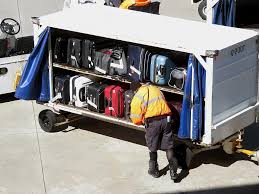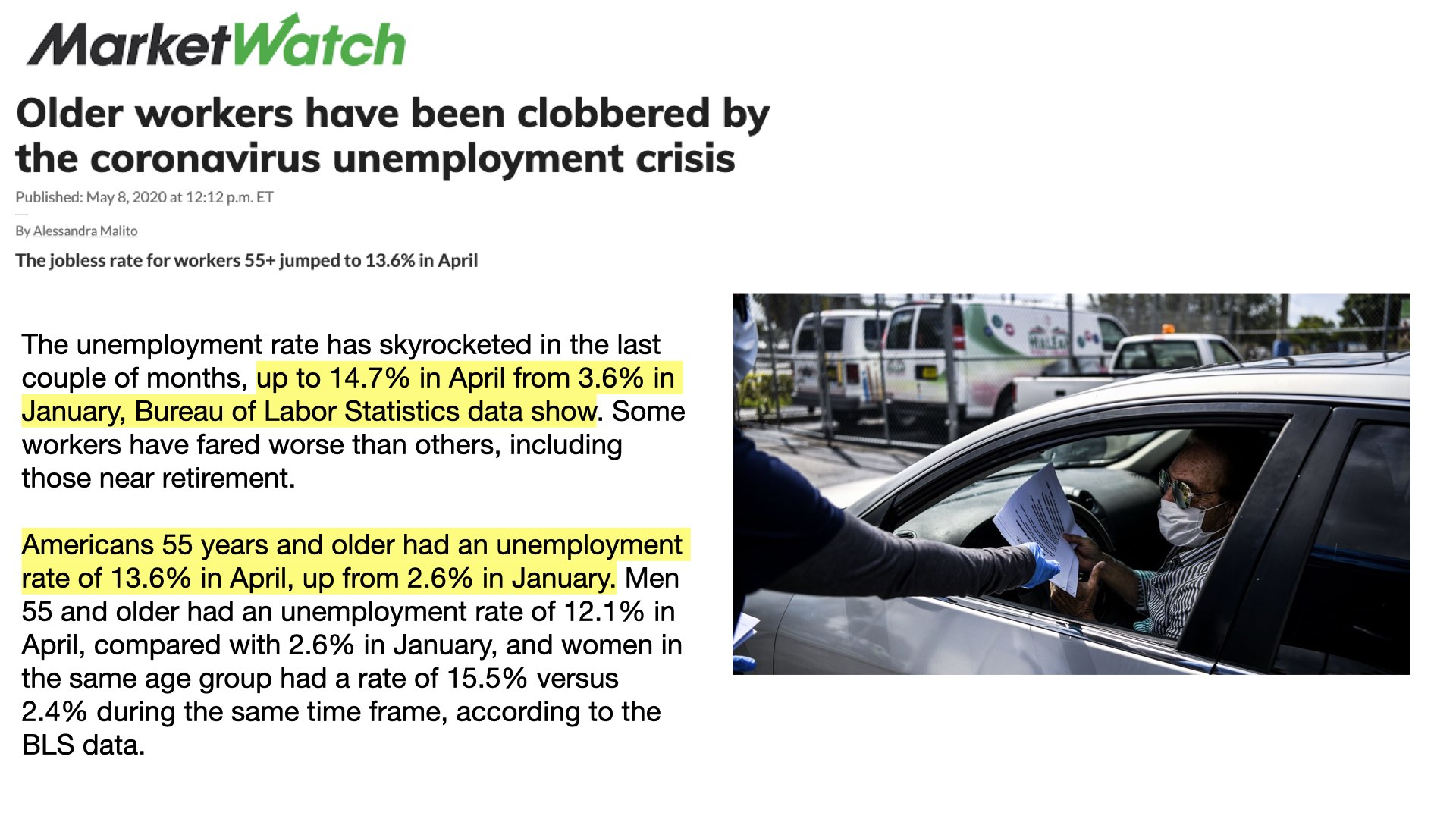Up in the Air
There’s much that’s uncertain in these turbulent times. One group that’s facing looming financial uncertainty is the nation’s airline employees. Airlines are poised to shed tens of thousands of workers as federal aid backstopping the industry stops October 1, 2020. American Airlines and United plan to furlough 19,000 and 16,000 workers respectively. A federal prohibition of airline furloughs and a massive $25 billion cash infusion to cover payroll have delayed the inevitable until the first day of October.
While the Federal Reserve continues to print money at a feverish pace, the truth that is the fiction of ’employment recovery’ is reaching its final chapter. Captain Jetson, an online airline/aviation publication, serves up inside industry information and tips for those employed in domestic air travel. Jetson’s August 22nd column warns airline professionals of the impending deadline and what potential strategies may help ease the financial fallout of unemployment.
When it comes to ‘income matters’ Captain Jetson suggests pursuing one or all of the following plans of action:
- Pursue state unemployment benefits & programs
- Having a working spouse or partner increase their working hours
- Applying for military benefits if applicable
- Consider applying for a reverse mortgage and/or beginning to take Social Security payments

While the age distribution of airline employees is somewhat murky we can safely surmise that there may be a significant number of older workers who did not take an early retirement package earlier this spring who are facing economic uncertainty. Many are longtime homeowners anxious as to how they will afford monthly mortgage payments or find the cash to meet their daily expenses.
Unions representing airline employees are highly-motivated to present members with potential solutions, especially those facing a forced furlough in two short weeks. Despite most airline pilots not being able to fly after age 65, the vast majority of airline personnel are found in ground crews and support staff. Contacting your nearest airline labor union could be the first step in getting in front of members 62 and older who may want to leverage their home to weather a season of unemployment or simply retire altogether.
What other industries in your area are dependent upon federal aid that may expire? What business plan will you develop to help these older workers facing unemployment?
Regardless, now is the time to make your presence known and the powerful financial tool you offer older homeowners- all while home values remain at historic highs and interest rates reach their lowest benchmarks.
Up in the air? Much may be but as Captain Jetson advises industry workers in its column, ‘develop a plan of action- NOW’.









